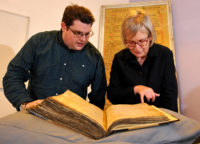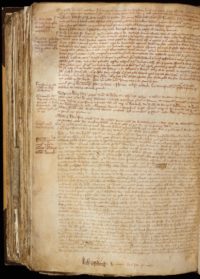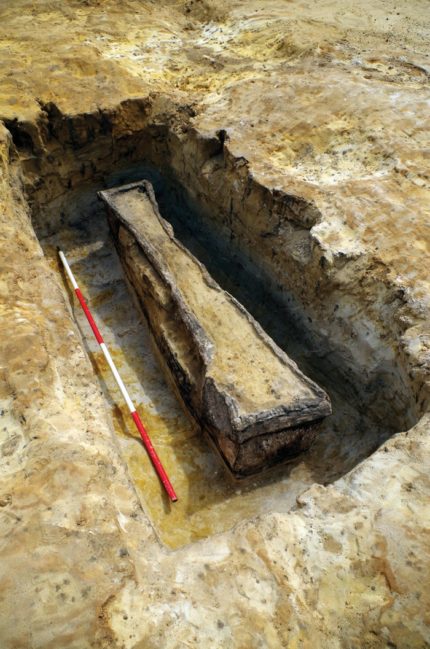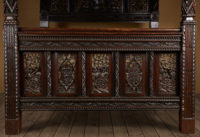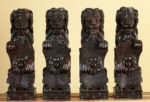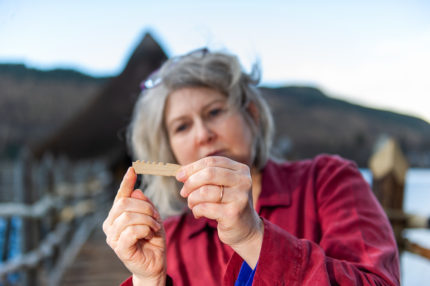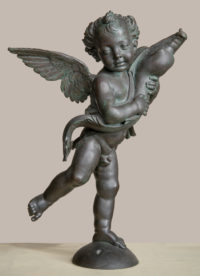 Putto with Dolphin, a bronze sculpture by 15th century master Andrea del Verrocchio, is undergoing much-needed restoration in time for a landmark exhibition of Verocchio’s work. This is the first scientific conservation the Putto will have ever undergone, which is remarkable considering it spent the first 500 years of its life outdoors.
Putto with Dolphin, a bronze sculpture by 15th century master Andrea del Verrocchio, is undergoing much-needed restoration in time for a landmark exhibition of Verocchio’s work. This is the first scientific conservation the Putto will have ever undergone, which is remarkable considering it spent the first 500 years of its life outdoors.
The polished bronze depicts a chubby winged boy standing on one leg on a half-sphere. In his arms he holds a squirming dolphin. It was commissioned in 1470 by Lorenzo de’ Medici for Villa Medici at Careggi, one of the family’s country homes in the Tuscan hills. Cosimo died there in 1464, and when his grandson Lorenzo, the future Magnificent, took over as head of the family and de facto ruler of Florence in December 1469, he wasted no time in making improvements the Careggi villa and grounds, especially the gardens. The putto was made to top a fountain in the garden, with a spray of water emerging from the dolphin’s rostrum. In 1557, the bronze was moved to the Palazzo Vecchio where it was placed atop the porphyry fountain in the first courtyard. The priceless masterwork remained there until the 1950s, when it was removed from the fountain and put on display as a museum exhibit on the second floor of the Palazzo Vecchio. A replica was installed in its former position on the fountain.
The restoration project began in 2018 in view of the public in a dedicated workspace in the Palazzo Vecchio. A technical analysis of its condition underneath the surface found evidence of deterioration of the bronze. The surface needed extensive cleaning as calcium and water stains had built up over the centuries. There were also residues left by previous attempts at restoration, some of them using harmful substances. Conservators carefully removed those residues and revealed previously unknown details. They were then able to address the biggest threat: corrosion of the bronze. The last step is to cover the surface with gentle, non-invasive treatments to even out the color and protect the bronze from further corrosion. The process has been thoroughly documented through photographs and videos to learn more about Verrocchio’s sculpture and for the benefit of future conservation efforts.
The restored Putto will go on display next month in Verrocchio, Master of Leonardo at the Palazzo Strozzi, the first ever monographic Verocchio exhibition. It will illuminate his working process thanks to a new technical study of his work, and bring together for the first time more than 120 artworks, paintings, drawings and sculptures by Verrocchio and the masters who learned their art in his workshop. The most important artists of the Renaissance — Leonardo da Vinci, Domenico del Ghirlandaio, Sandro Botticelli and Pietro Perugino — all studied under Verrocchio. Together they defined the artistic output of Lorenzo the Magnificent’s Florence between 1460 and 1490. With loans from major museums worldwide, the show will trace the artistic connections linking Leonardo to Verocchio, reconstructing the formation of his style in the interchange between student and master.
The exhibition begins in Florence, running from March 9th through July 14th at the Palazzo Strozzi, with a special section at the National Museum of the Bargello (home of Verrocchio’s David, iconic symbol of Republicanism). It will then travel to the second and last location, Washington D.C., where the National Gallery of Art will host Verrocchio: Master and Mentor, from September 29th to February 2nd, 2020.
